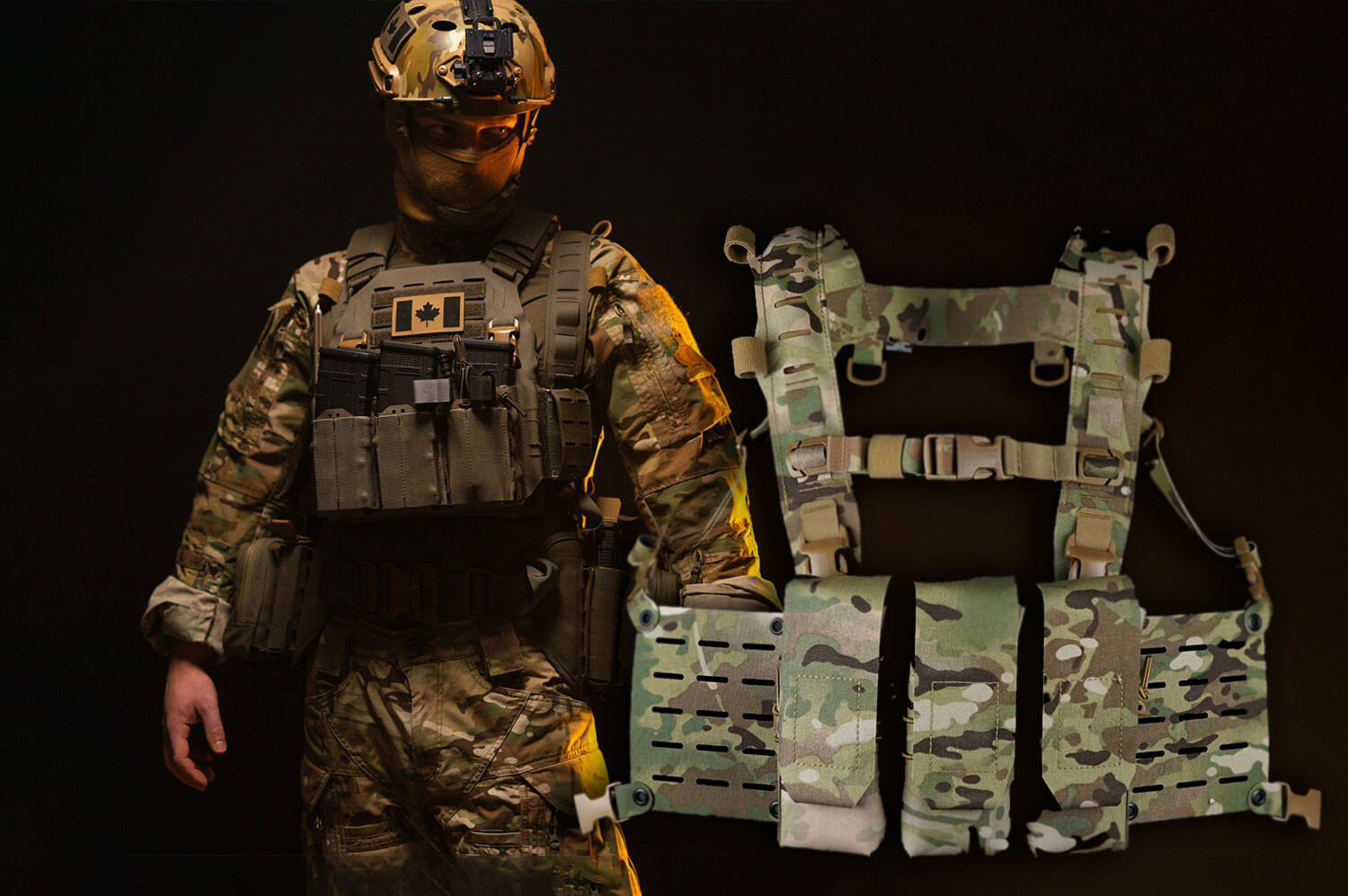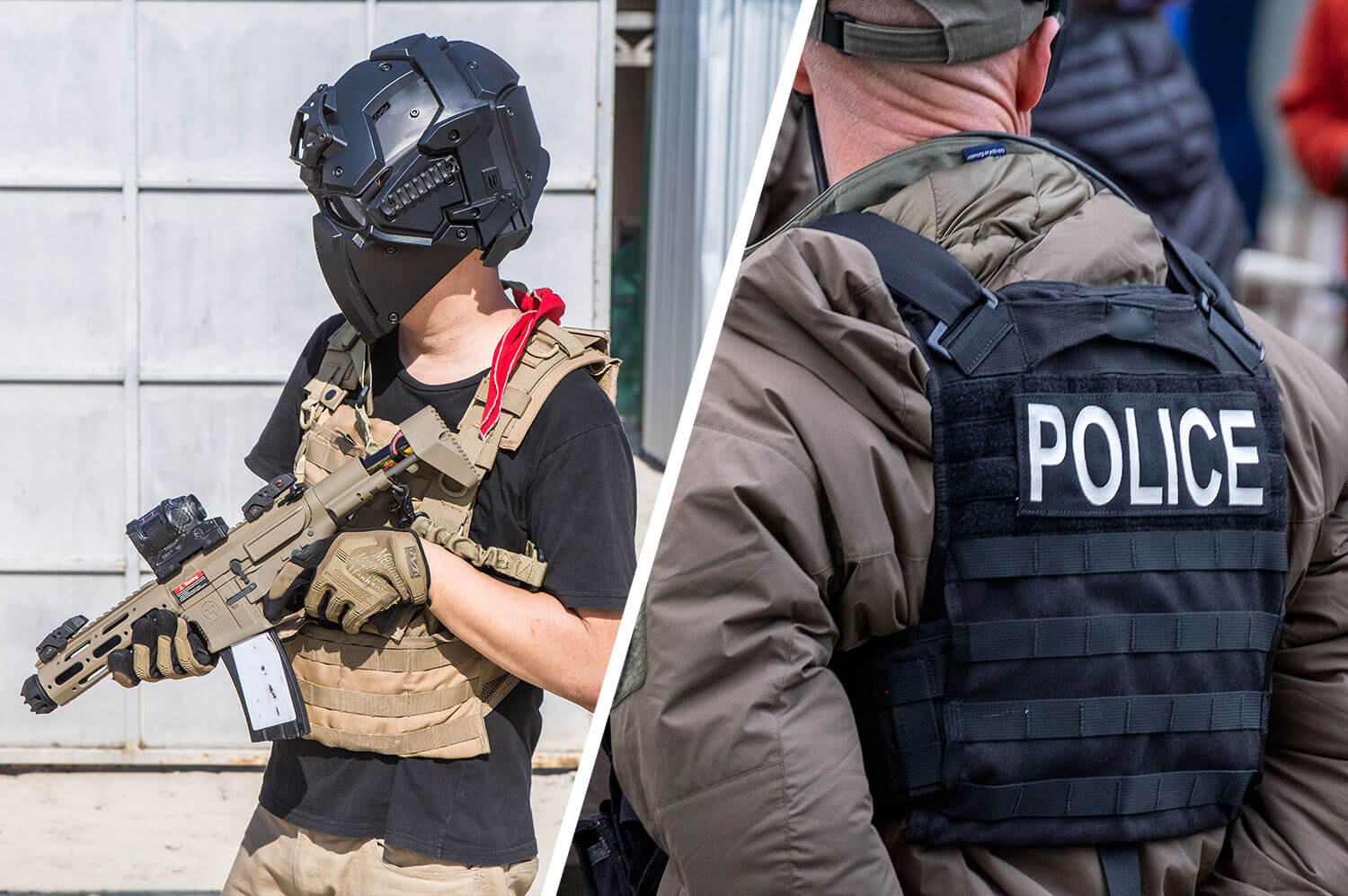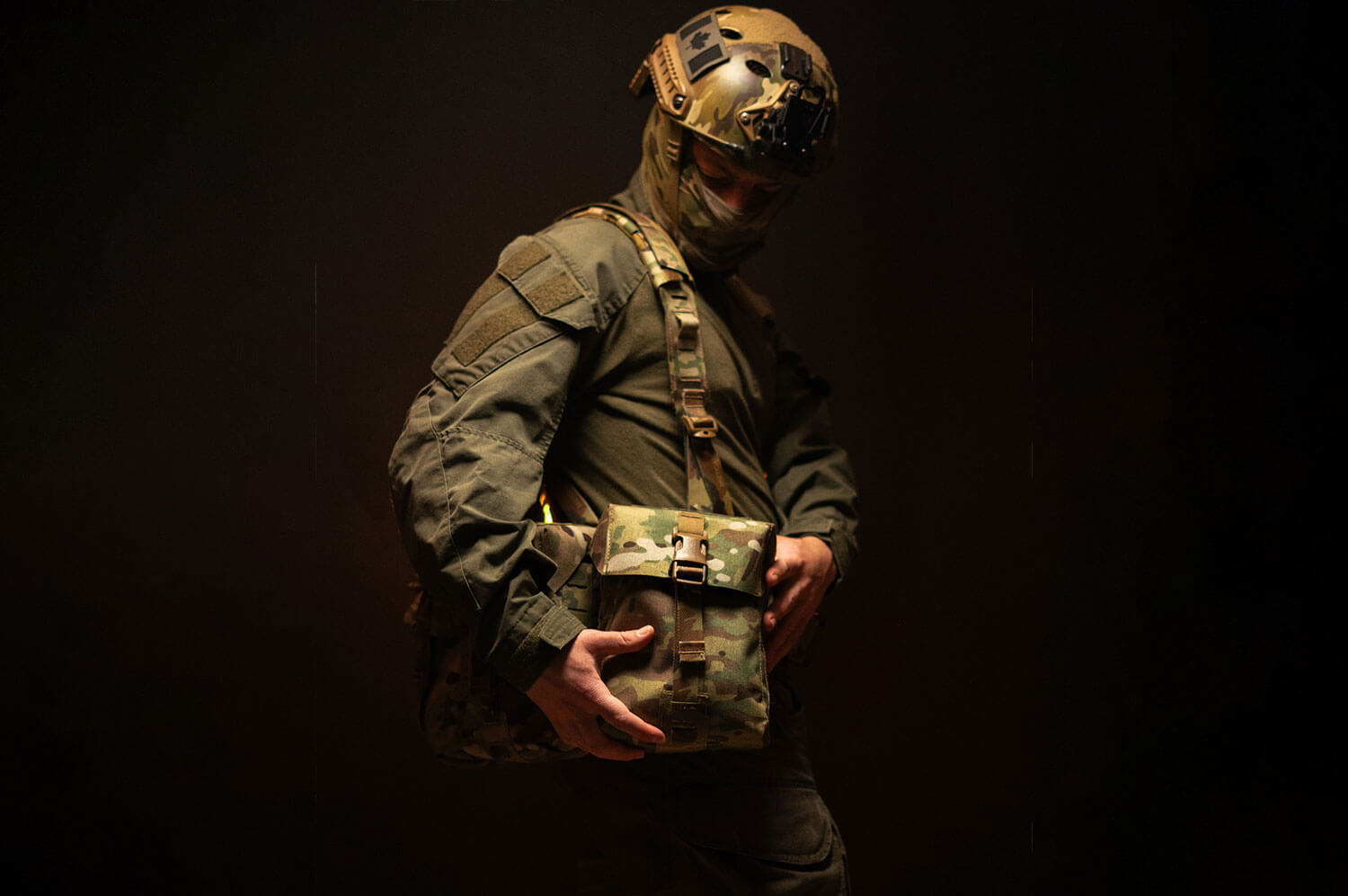
What Makes a Tactical Chest Rig a Must-Have for Military and Security Professionals
Introduction to Tactical Chest Rigs
A tactical chest rig is one of the most versatile tools for professionals in military and security roles. Designed to provide hands-free storage and quick access to essential gear, chest rigs play a critical role in ensuring readiness during high-pressure situations. Their lightweight design and ergonomic layout make them ideal for carrying mission-critical equipment, from magazines to medical kits, without compromising mobility or comfort.
What sets a tactical chest rig apart is its focus on accessibility and organization. Unlike backpacks or traditional storage options, a chest rig places all your gear front and center, allowing you to grab what you need without delay. This setup is particularly valuable for tasks that require immediate action, where every second counts. Whether you’re in the field or on a security detail, a well-designed chest rig can be the difference between success and failure.
Key Features of Tactical Chest Rigs
Tactical chest rigs are built with features that prioritize functionality and durability. Adjustable straps ensure a secure fit for users of all sizes, keeping the rig stable during movement. Most rigs include a series of compartments and pouches designed to hold a variety of equipment, such as ammunition, communication devices, and medical supplies. These compartments are strategically placed to provide easy access without disrupting your workflow.
The lightweight construction of chest rigs is another key feature, allowing you to carry essential gear without adding unnecessary weight. Many rigs are made from durable materials like nylon or Cordura, which offer resistance to wear and tear in challenging environments. Additional features, such as MOLLE webbing, enhance the rig’s adaptability, allowing you to attach extra pouches or customize the setup to suit specific missions. These design elements combine to make the tactical chest rig a reliable and efficient tool for professionals who demand high performance from their gear.
Weight Distribution and Ergonomics
One of the standout advantages of tactical chest rigs is their ability to distribute weight evenly across your upper body. This thoughtful design minimizes strain, allowing you to carry essential equipment for extended periods without discomfort. Unlike backpacks or belt-mounted systems that can shift or dig into your body during movement, chest rigs maintain a secure and balanced fit, even in dynamic environments.
Ergonomics play a vital role in the functionality of a chest rig. Adjustable shoulder straps and, in some cases, waist straps, ensure a snug fit that keeps the rig stable while allowing full range of motion. This is particularly important for military and security professionals who need to run, crouch, or climb during operations. By keeping your gear in a centralized, evenly distributed position, tactical chest rigs reduce fatigue and help you stay agile in the field.
Accessibility and Gear Organization
The design of a tactical chest rig is all about making your gear as accessible as possible. With its pouches and compartments positioned on the front of your body, a chest rig ensures you can reach essential tools quickly and efficiently. This setup is invaluable in high-pressure situations where delays in accessing gear can have serious consequences.
Organization is another key strength of tactical chest rigs. Many rigs come equipped with purpose-built pouches for specific items like magazines, radios, or medical supplies, ensuring everything has its place. This level of organization not only improves efficiency but also reduces the risk of misplacing important equipment. Whether you’re reloading in the heat of an operation or administering first aid in a critical moment, a chest rig’s intuitive layout keeps you prepared and focused.
Customization and Modularity
Tactical chest rigs excel in their ability to adapt to a wide range of missions and user needs. Many rigs come equipped with MOLLE webbing or similar modular systems, allowing you to attach additional pouches, holsters, or tools directly to the rig. This customization ensures that your setup is tailored to the specific demands of your task, whether it’s a high-stakes military operation or a security detail.
The modularity of chest rigs also means you can easily switch out or reconfigure components based on the gear you need. For example, you can add extra magazine pouches for extended missions or swap in medical pouches for a role that requires rapid first-aid capabilities. This flexibility not only enhances functionality but also ensures that a single rig can serve multiple purposes, making it a cost-effective choice for professionals who operate in diverse environments.
Durability and Material Considerations
Tactical chest rigs are built to endure the harshest conditions, and the materials used in their construction are a testament to this durability. High-quality rigs are typically made from rugged fabrics like 500D or 1000D nylon, which resist tears, abrasions, and weather-related wear. These materials are lightweight yet robust, providing a balance between durability and comfort.
Reinforced stitching and heavy-duty buckles further contribute to a chest rig’s ability to handle heavy loads and constant use. Many models are also treated with water-resistant coatings, ensuring that your gear remains protected even in wet or humid conditions. This combination of durable materials and meticulous craftsmanship ensures that a tactical chest rig can withstand the rigors of field use while maintaining its performance over time.
Tactical Chest Rigs vs. Plate Carriers
While both tactical chest rigs and plate carriers serve as essential gear for military and security professionals, their purposes differ significantly. A chest rig is primarily designed for carrying and organizing gear, prioritizing accessibility and lightweight mobility. It does not typically include ballistic protection, making it ideal for situations where speed and flexibility are more critical than personal armor.
Plate carriers, on the other hand, are designed to provide protection against ballistic threats. They often include integrated pouches for gear but are bulkier and heavier due to the armor plates. Understanding the difference between these two pieces of equipment is essential for choosing the right one based on your mission requirements. In some cases, chest rigs can be worn in conjunction with plate carriers to combine the benefits of both systems.
Maintenance and Care for Tactical Chest Rigs
Proper care and maintenance are crucial for ensuring the longevity and performance of your tactical chest rig. After each use, inspect the rig for signs of wear, such as frayed stitching or damaged buckles, and address any issues promptly. Regular cleaning is also important, especially if the rig has been exposed to dirt, sweat, or moisture. Most nylon-based rigs can be cleaned with mild soap and water, while more specialized materials may require specific care instructions.
Storing your chest rig properly when not in use is equally important. Keep it in a cool, dry place away from direct sunlight to prevent fading or material degradation. Avoid overloading the rig with unnecessary weight, as this can cause long-term stress on the stitching and straps. By following these maintenance practices, you can ensure that your chest rig remains a reliable part of your gear setup for years to come.


